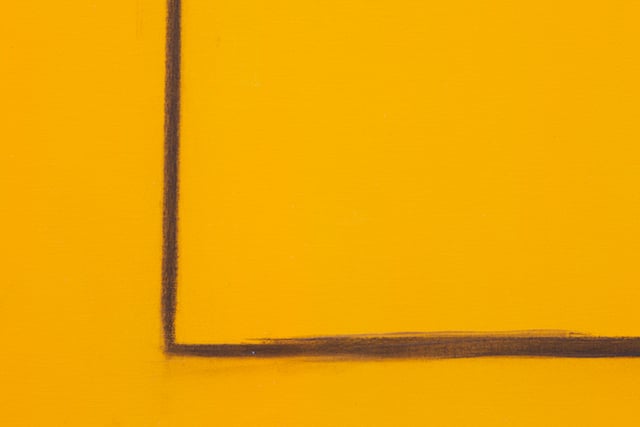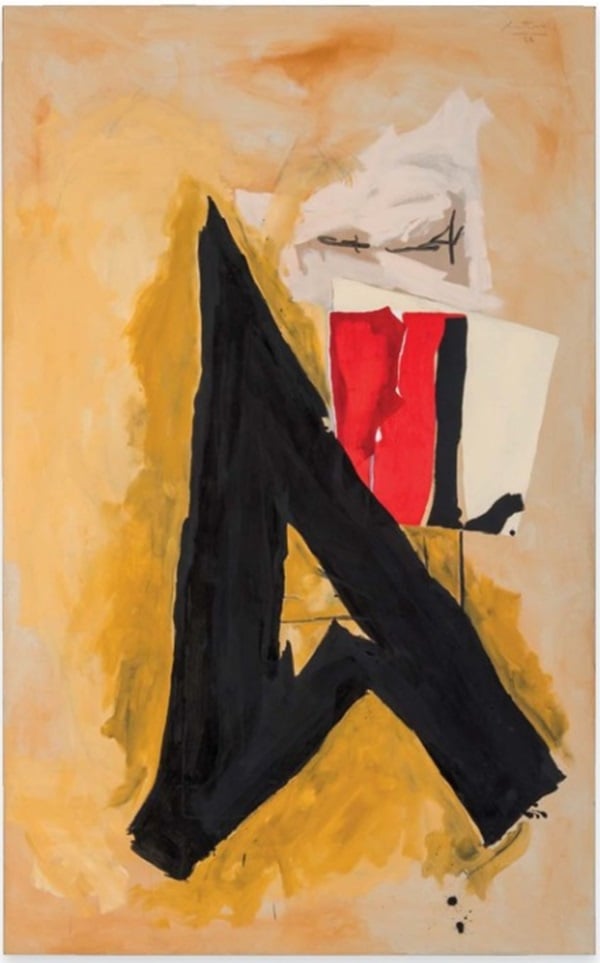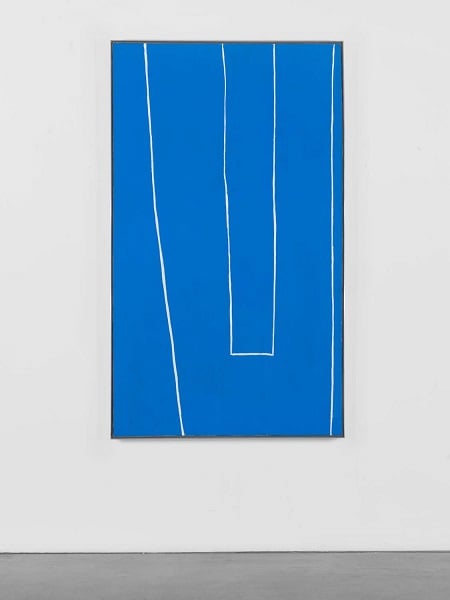Reviews
Great Summer Art Reading: Robert Motherwell The Making of an American Giant
Robert Motherwell was part of a generation of artists that made America great.

Robert Motherwell was part of a generation of artists that made America great.


In his introduction to Robert Motherwell, The Making of an American Giant, Bernard Jacobson writes, “The commonest criticism of Robert Motherwell is that he was unable to make it new, to break the ice, as de Kooning said of Pollock, or as everyone said of Rothko and Barnett Newman . . . But this is, in fact, his strength, to continue from Matisse and Picasso, just as they carried forward from Cezanne.”
Abstract Expressionism, Jacobson explains, and what then followed (Pop Art) seemed to have no pre-existing foundation, while Motherwell never broke completely with the Modernist tradition.
Jacobson is at his best in this riveting and well-written book when illuminating the creative process, here describing the artist as a kind of collagist in mid-career: “Motherwell smoked Lucky Strikes, but in his collage life he smokes Gauloises, around whose blue packets he now organises one composition after another, ‘exotic to me precisely because in the normal course of things I don’t smoke French cigarettes’.” And by incorporating Gauloises packets he makes deft and condensed allusion to “French blue”: to the Mediterranean and the palette of Matisse . . . to the smoke coiling up in a Cubist assemblage.”

Robert Motherwell, Open No. 120 (1969). Acrylic on canvas.
Photo: Courtesy of Andrea Rosen Gallery
In tight, concise paragraphs, Jacobson also chronicles the advent of the New York School against the backdrop of a violent century — two World Wars, the Holocaust, Hiroshima, the Cold War. It was, he says, an “avant-gardism which embraced a specifically American and businesslike model of novelty and obsolescence.”
In this sweep of history, Jacobson invites us to see Motherwell and his contemporaries in the context of the literature and poetry of the time, the movies, the music and popular culture. I particularly like a reference to Doris Day flipping pancakes singing “Que Sera Sera.”
Funny thing is, Jacobson is, himself, a kind of collagist which may well be why he feels such a strong affinity for Motherwell and his work. He has devoted certain portions of his life to being a journalist, art dealer, author, poet and music aficionado. Bricolage runs in his veins, as it did, he argues, for Motherwell.

Finally, there is the “Coda,” where Jacobson effects a change of key as he describes Motherwell in his Connecticut studio as he nears the end of his life: “this complicated and haunted man is alone. So many of his friends and colleagues are now now dead, his fellow artists from the distant forties and fifties . . .”
“Robert Motherwell, The Making of An American Giant,” is a relatively short book and thus fast, easy reading, though at once ambitious and accessible. But I must confess, I was also mildly surprised at a British man’s unabashed love and enthusiasm for almost all things American. This was a time of American greatness, in painting and popular culture. Motherwell was among those who made it great.
Bernard Jacobson
Robert Motherwell: The Making of an American Giant
120 pp
21 Publishing Ltd.
28 Duke St., St. James’s